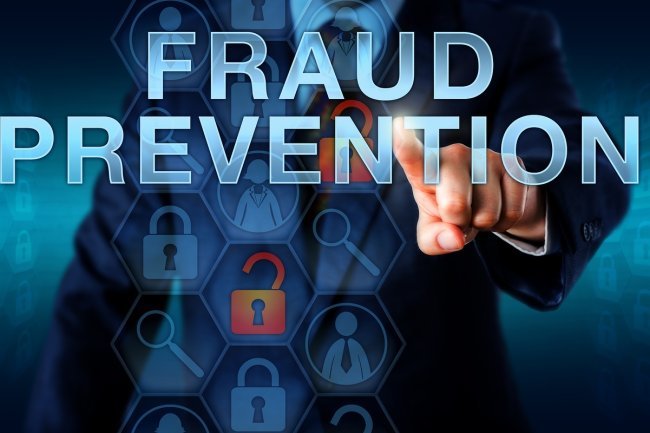Microsoft Phishing Scams Surge as Cybercriminals Exploit Brand Trust Through Fake Emails
Microsoft phishing scams are on the rise as cybercriminals use sophisticated fake emails to deceive users and steal sensitive information. Learn how to stay safe with these protective measures.

Microsoft Phishing Scams Surge as Cybercriminals Exploit Brand Trust Through Fake Emails
Cybercriminals are increasingly exploiting the trusted Microsoft brand to defraud individuals and organizations, as detailed in a recent report by Check Point Research. The report reveals that Microsoft is one of the most frequently impersonated brands in phishing scams, with over 5,000 fraudulent emails uncovered by security researchers posing as legitimate Microsoft notifications. These phishing attacks utilize advanced techniques to deceive users and bypass traditional security systems.
Sophisticated Tactics of Microsoft Phishing Scams
What makes these phishing attempts particularly dangerous is the sophistication of their execution. Rather than sending emails from suspicious or unknown domains, scammers often use organizational domains to impersonate legitimate administrators. This makes it extremely difficult for users to detect that the emails are fraudulent.
The emails often contain links to fake login pages or portals that prompt users to enter sensitive information such as passwords or download malicious software. Once this information is compromised, attackers can gain access to personal email accounts, sensitive corporate data, or deploy ransomware to lock users out of their systems, demanding payment for access.
To further convince recipients of the email’s authenticity, scammers frequently copy sections of Microsoft’s actual privacy policies and include links to legitimate Microsoft or Bing webpages. This strategy allows phishing emails to bypass many traditional security systems that rely on detecting obvious signs of fraud, such as unfamiliar URLs or misleading content.
Potential Damage from Phishing Scams
The consequences of falling victim to a Microsoft phishing scam can be severe. For individuals, compromised email accounts can lead to identity theft or financial losses. For businesses, the consequences can be even more damaging, including data breaches, ransomware attacks, or unauthorized access to confidential information. In the case of ransomware, entire operations can be halted until a ransom is paid or the issue is resolved, often at significant cost.
Preventing Phishing Attacks
To combat the rising threat of phishing attacks, individuals and organizations must adopt several preventive measures. First, awareness training is essential in helping users recognize and avoid phishing attempts. Employees and users need to be educated on how to spot red flags, such as unsolicited password reset requests or unfamiliar login prompts.
Advanced email security systems, particularly those powered by artificial intelligence (AI), are also key in identifying and blocking phishing emails. These systems can detect subtle signs of fraudulent emails that may evade traditional filters. Additionally, keeping all software updated with the latest security patches is critical in ensuring vulnerabilities are addressed promptly, reducing the risk of exploitation.
Conclusion
As phishing scams continue to evolve, users and businesses must stay vigilant and informed to protect themselves against these threats. By implementing robust security measures, such as awareness training, AI-powered email filtering, and regular software updates, the risk of falling victim to phishing attacks can be minimized. Staying aware of the tactics used by cybercriminals, particularly those impersonating trusted brands like Microsoft, is crucial in safeguarding personal and organizational data from potential harm.
Click Here to Visit
What's Your Reaction?
















